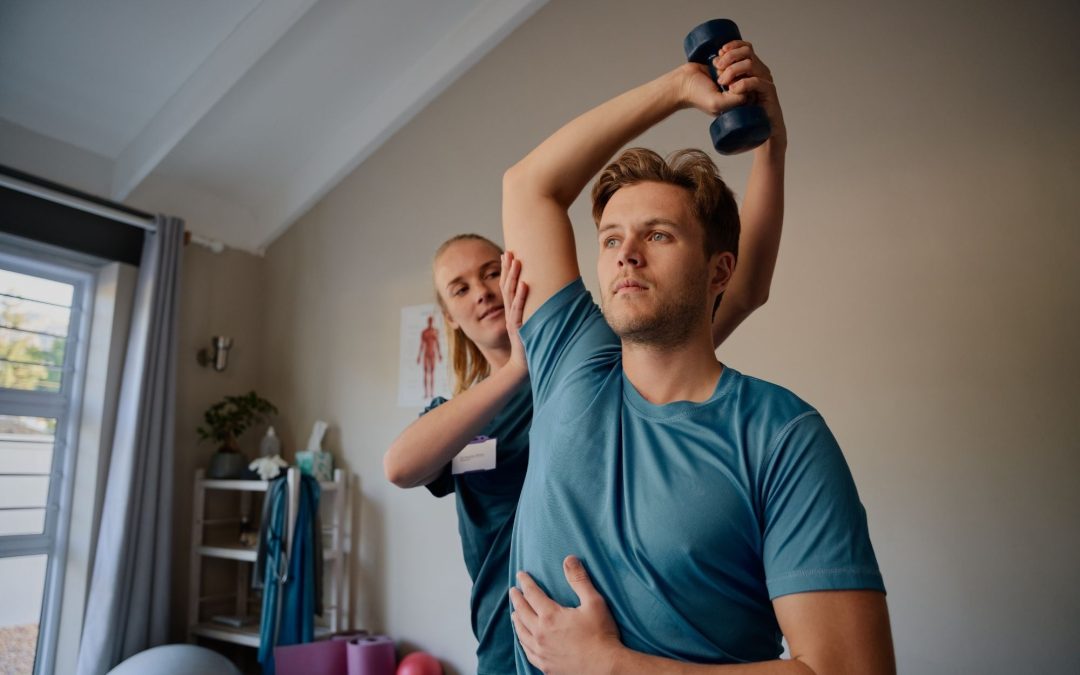Getting Started with Corrective Exercises: Improve Your Movement and Prevent Injury
Corrective exercises are a valuable tool for improving movement patterns, addressing muscle imbalances, and preventing injuries. Whether you’re an athlete, a fitness enthusiast, or someone looking to enhance your overall well-being, incorporating corrective exercises into your routine can have significant benefits. In this blog post, we will explore the importance of corrective exercises and provide some tips to help you get started.
Why Corrective Exercises Matter
Corrective exercises focus on identifying and addressing movement dysfunctions and imbalances in the body. These dysfunctions can be caused by factors such as poor posture, muscle imbalances, or previous injuries. By targeting these issues, corrective exercises help improve movement efficiency, reduce pain, and prevent future injuries.
Assess Your Movement Patterns
Before diving into corrective exercises, it’s essential to assess your movement patterns. This can be done through a movement assessment conducted by a qualified professional, such as a physical therapist or a certified personal trainer. The assessment will help identify any imbalances or dysfunctions that need to be addressed.
Start with Basic Exercises
When starting with corrective exercises, it’s important to begin with basic movements that target the specific areas of concern. These exercises typically focus on improving mobility, stability, and strength in the affected areas. Examples of basic corrective exercises include glute bridges, bird dogs, and clamshells for hip stability, or wall slides and scapular retractions for shoulder mobility.
Focus on Proper Form and Technique
Corrective exercises are most effective when performed with proper form and technique. Take the time to learn and understand the correct movement patterns for each exercise. Start with lighter resistance or bodyweight and gradually progress as your form improves. It’s better to perform an exercise correctly with less weight than to rush through it with poor form.
Be Consistent and Patient
Corrective exercises require consistency and patience. It takes time for the body to adapt and for movement patterns to improve. Incorporate corrective exercises into your regular workout routine, aiming for at least two to three sessions per week. Track your progress over time and celebrate small victories along the way.
Seek Professional Guidance
If you’re unsure about which corrective exercises to perform or how to perform them correctly, it’s always a good idea to seek professional guidance. A qualified physical therapist, certified personal trainer, or exercise specialist can provide personalized recommendations based on your specific needs and goals.
Listen to Your Body
As with any exercise program, it’s important to listen to your body. If an exercise causes pain or discomfort, modify or discontinue it. Pay attention to any warning signs and consult with a healthcare professional if needed.
Conclusion
Incorporating corrective exercises into your routine can have a profound impact on your movement quality, performance, and injury prevention. By assessing your movement patterns, starting with basic exercises, focusing on proper form, being consistent, and seeking professional guidance when needed, you can begin your journey towards improved movement and overall well-being.
Remember, everyone’s needs and goals are unique, so it’s important to tailor your corrective exercise program to your specific circumstances. If you have any specific questions or need further assistance, feel free to consult with a qualified professional.
Now, go ahead and take the first step towards better movement and a healthier, more active lifestyle!
